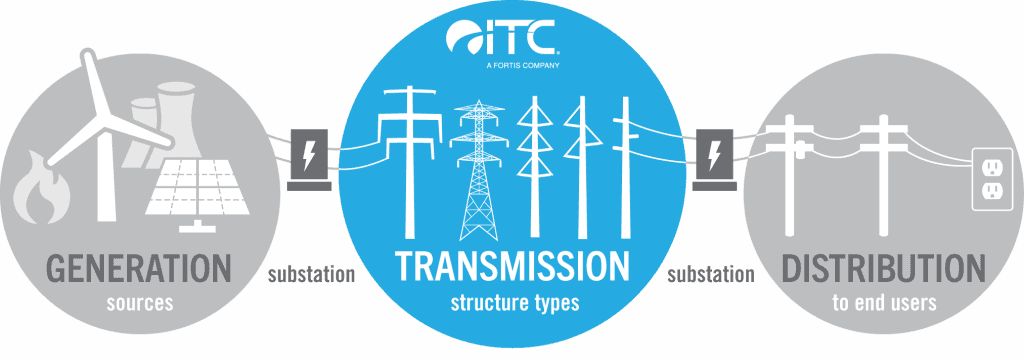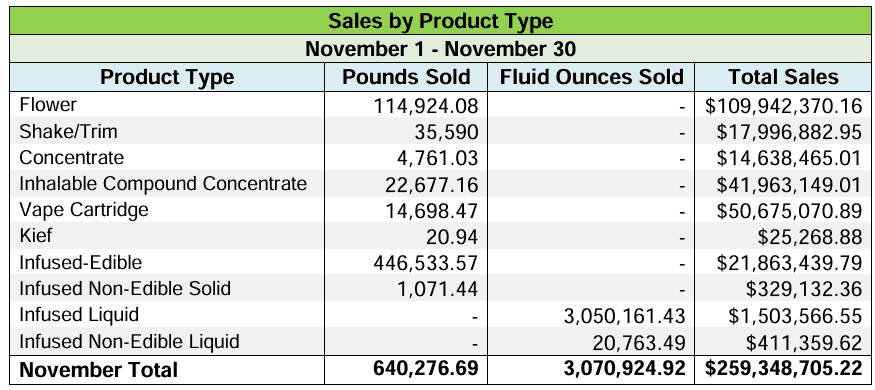LANSING – Michigan lost population and grew poorer from 2002 to 2013, a report by the Michigan Senate Fiscal Agency shows, and the growth in poverty affected every county during that time.
In 2002, the state had a poverty rate below the national average, the report said, with poverty at 11.3 percent of the state’s population and 12.1 percent of the national population. By 2013, poverty had grown to 17.1 percent of the Michigan population, while nationwide it stood at 14.5 percent, according to the report.
The county with the lowest overall poverty rate, Livingston, saw its rate rise between 2002 and 2013 by more than 37 percent. That was a faster growth than in Lake County, the state’s poorest in terms of population, where poverty increased by 31 percent during the decade.
Even so, the differences between the number of people who are poor in the two counties is stark. In 2002, just 4 percent of people in Livingston County were poor while 20.6 percent of the people in Lake County were poor.
By 2013, 6.4 percent of the population in Livingston County was poor, while in Lake County 31 percent of the population was poor.
Isabella County had the largest percentage increase in poverty during that decade, jumping by 52 percent. However, the SFA report said that may have had to do with how benefits for Native American populations are considered and with taking into account the incomes of Central Michigan University students who live off campus.
In looking at population, in 2002 the state had about 10 million people. By 2013, it had about 9.9 million, with the state’s ongoing recession and then the impact of the national Great Recession having a large effect on population.
In that decade, Wayne County had the greatest loss of population in terms actual numbers, losing more than 200,000 residents. Macomb County had the biggest increase in terms of raw numbers, seeing its population grow by nearly 52,000 people. Kent County followed with growth of more than 44,000, and Oakland County had the third highest growth in terms of numbers with nearly 39,000 more people.
Overall, 29 counties saw population growth during the decade. Clinton County, in the Lansing metro area, had the largest percentage growth at more than 14 percent during the decade.
The other counties saw population losses, and Ontanagon County had the largest percentage decline at 19.9 percent.
The report also looked at population changes and poverty growth, and found that 21 counties during the decade saw both population declines and a greater than average growth in poverty rates. In effect, these counties suffered the worse than others, and St. Clair County possibly struggled the most, seeing its population drop by 3.5 percent but poverty increase by 48.7 percent. It was followed by Lenawee County, where the population fell by 1.2 percent but poverty increased by more than 47 percent.
Another statistic found 19 counties where the population increased but so did poverty at a rate faster than the state average. Isabella County, which had an 8.5 percent population increase and a 52.1 percent increase in poverty, probably took the undesired crown in this demographic, but Clinton County, with its 14.1 percent population growth, also saw poverty jump by 43.9 percent and Livingston County’s 37 growth in poverty came as the county saw its population grow by 9.9 percent during the decade.
This story was published by Gongwer News Service. To subscribe, click on www.gongwer.com







